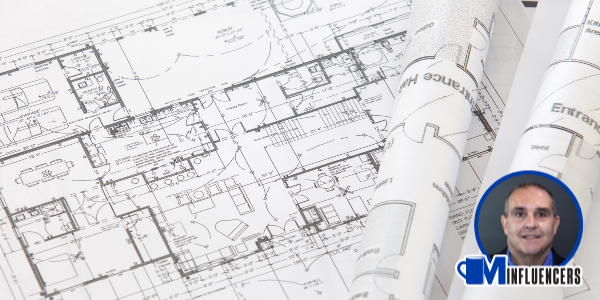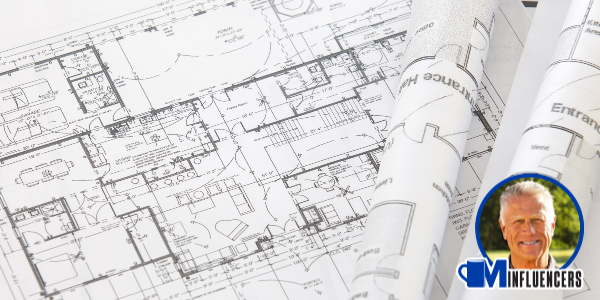UP TO THE MINUTE
Bridging the Gap: How Roofing Contractors Can Engage More With Architectural Specifications

MCS Influencer John Kenney says that by becoming more involved with architectural specifications, roofing contractors can make sure these designs are executed efficiently and safely.
The relationship between architects and roofing contractors is a symbiotic one. While architects design aesthetically pleasing and functional structures, roofing contractors ensure those designs come to fruition in a durable, safe and efficient way. An often-underestimated component that can strengthen this relationship is the architectural specification – a detailed document laying out the materials, standards and methods for construction use.
By becoming more involved with architectural specifications, roofing contractors can streamline their work and position themselves as invaluable partners in the construction process. Here's how:
Understanding architectural specifications
Architectural specifications provide comprehensive details on the materials and methods to be used in a construction project. These specs are like a playbook for roofing contractors, guiding them in executing the architect's vision flawlessly.
Benefits of being involved with architectural specifications
- Improved efficiency: When roofing contractors have a clear understanding of the specifications, it reduces the chances of mistakes, rework and delays.
- Cost savings: With clarity on materials and methods, contractors can plan better, leading to optimized costs and reduced wastage.
- Enhanced collaboration: Engaging with specifications fosters a better understanding between architects and contractors, ensuring smoother project execution.
Strategies for roofing contractors to engage with architectural specifications
- Initiate early conversations: Don't wait for the project to start. Engage with architects during the design phase itself. By understanding the design intent early on, contractors can offer practical insights that might influence the specifications.
- Educate yourself: Take courses or attend seminars on architectural specifications. Platforms like the Construction Specifications Institute (CSI) offer resources that can be invaluable to contractors.
- Provide feedback: After a project's completion, discuss with architects what worked and what didn't in the specifications. Such feedback can be invaluable for future projects.
- Showcase expertise: Architects often rely on contractors' practical experience. If you know a new roofing material or technique that's more efficient than what's specified, bring it to the table.
- Participate in trade shows and exhibitions: These events often serve as grounds for knowledge exchange. By interacting with architects here, roofing contractors can gain insights into the latest trends in design and specifications.
- Develop relationships with manufacturers: Manufacturers often provide detailed specs for their products. By building relationships with them, roofing contractors can stay updated with the latest materials and their application methods.
- Offer pre-specification consultations: Extend services to architects where you provide insights on roofing solutions, materials and methods before they finalize their specifications.
- Use digital tools: Embrace software solutions that allow you to review and annotate specifications. This helps in understanding and provides a platform to communicate queries or suggestions to architects.
- Stay updated with industry standards: Specifications often reference industry standards (e.g., ASTM standards for materials). Being familiar with these ensures you're always aligned with the architect's expectations.
Conclusion
For roofing contractors, analyzing architectural specifications isn't just about adhering to guidelines; it's about positioning themselves as essential partners in the construction journey. By proactively engaging with these specifications, contractors can foster stronger relationships with architects, streamline their operations and ultimately deliver superior results.
John Kenney is the CEO of Cotney Consulting Group. See his full bio here.

















Comments
Leave a Reply
Have an account? Login to leave a comment!
Sign In